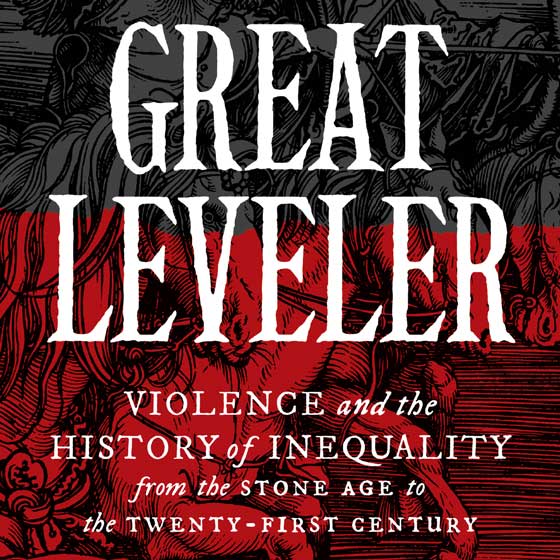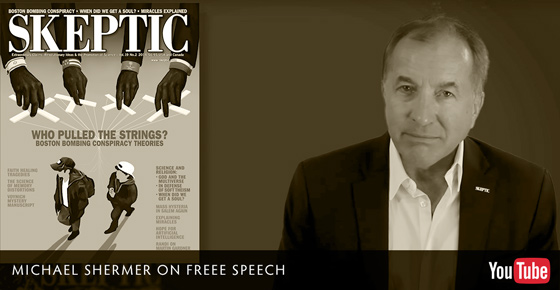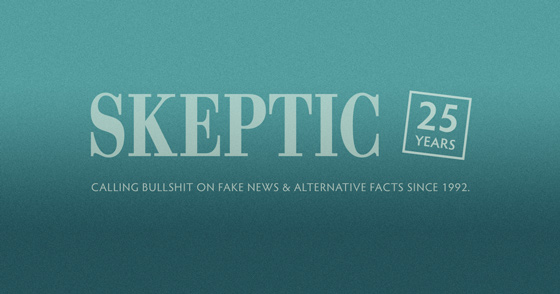In this week’s eSkeptic:
SCIENCE SALON #13: JUNE 11 @ 2PM
Dr. Walter Scheidel —The Great Leveler: Violence and the History of Inequality from the Stone Age to the 21st Century
Are mass violence and catastrophes the only forces that can seriously decrease economic inequality? To judge by thousands of years of history, the answer is yes. Tracing the global history of inequality from the Stone Age to today, the Stanford University historian Walter Scheidel shows that inequality never dies peacefully. Inequality declines when carnage and disaster strike and increases when peace and stability return. The Great Leveler is the first book to chart the crucial role of violent shocks in reducing inequality over the full sweep of human history around the world…
Reserve your seat(s) online or by calling 1-626-794-3119. Online reservation closes Sunday June 11, 2017 at 11am PDT.
8 REASONS FOR FREE SPEECH
(even the hateful kind)
The past few years have seen campuses erupt in flames over hate speech, issuing lists of micro-aggressions that might offend people, trigger warnings about books that might upset readers, safe spaces to go to for protection from dangerous ideas, and the dis-invitation of speakers who might espouse ideas different from the majority of people in the audience.
Shouldn’t we protect people from speech that might be hateful and thus harmful? No. Here are at 8 reasons why…
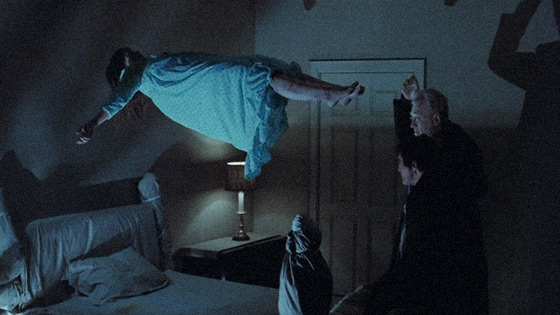
Levitation scene, from The Exorcist, released in 1973 and directed by William Friedkin, starring Ellen Burstyn as Chris Macniel, Linda Blair as a 12 year old Regan, Jason Miller as Father Karras and Max Von Sydow as Father Merrin
Social media has helped to propagate the belief in blasphemy, levitation, and speaking in tongues as hallmarks of demonic possession.
Since the death of William Peter Blatty—the author best known for his novel turned blockbuster film The Exorcist— exorcism is, once again, showing a robust presence in contemporary life, this time among millennials.
In this week’s eSkeptic, Kathy Schultheis warns that this resurgence of interest in exorcism is a sign of how far reason has fallen.
The Exorcist
The Reincarnation of a Particular Kind of Irrationality
by Kathleen J. Schultheis
William Peter Blatty, the author best known for his novel turned blockbuster film The Exorcist, died January 12, 2017 at the age of 89. While the Catholic Legion of Decency in 1971 consigned Blatty’s novel to the “condemned” list, the contemporary Catholic press has been most generous in its praise of Blatty, elegizing him as a prophet who warned a generation hell-bent on materialism of the wages of sin and the temptations of the devil. According to this line of thinking, Blatty was a new Paul who fought the good fight to get his film made against a stubborn Church that didn’t want its most cryptic doctrine advertised to a disbelieving world. Of course, The Exorcist turned out to have the opposite effect: It was a monster hit and far more successful than any fire and brimstone sermon in scaring prideful mortals into giving up their sinful ways.
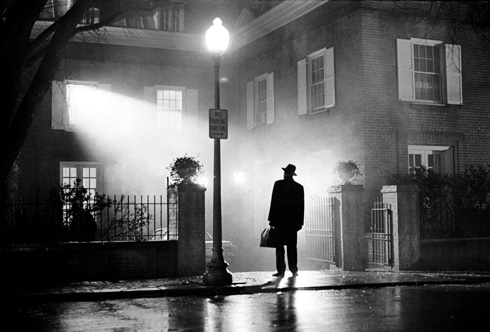
The iconic scene from The Exorcist: Merrin arrives
In truth, what Blatty did by writing this horror classic was make truckloads of money and in the process engender many real-life simulacra in which people, either mentally ill or hungering for their fifteen minutes, began to rant, moan and summon Roman-collared clerics to don their white stoles and brandish their crucifixes to drive out the offending spirits. Blatty’s novel made respectable again a grotesque practice that had been used for centuries with malicious intent upon the mentally ill. Under the legitimizing force of The Exorcist, the embarrassing stigma that had always surrounded exorcism was transfigured, and normally skeptical people began to believe in the Old One again.
Social media has helped to propagate the belief in blasphemy, levitation, and speaking in tongues as hallmarks of demonic possession.
With Blatty’s death, the subject of exorcism has re-entered national discourse. Was Blatty right? Are there dark energies that can pull the evilly inclined down to everlasting fire? To entertain such a droll question is a sign of how far reason has fallen. But reason doesn’t matter; this urban legend is speaking powerfully once again, this time to millennials, as it did to their parents and grandparents who cued up for hours in 1974 to see the film. Given the state of our polarized and superstitious national social climate, exorcists, like psychics, are in high demand. Social media has helped to propagate the belief in blasphemy, levitation, and speaking in tongues as hallmarks of demonic possession. In 2014, Pope Francis called to the Vatican a convocation of exorcists and praised them for their work in the field. Both of Francis’s predecessors, Pope John-Paul II, who exorcised many troubled people, and Benedict who approved many exorcisms, firmly endorsed a practice, which panders to the worst in the human species: the tendency to locate evil in a metaphysical entity, rather than in misfiring neural transmitter or the propensity to take secret delight in projecting upon the alien other the disavowed impulses that lurk within one’s own self. As Meghan Hamilton observed, “Belief in exorcism requires a particular kind of irrationality.”


